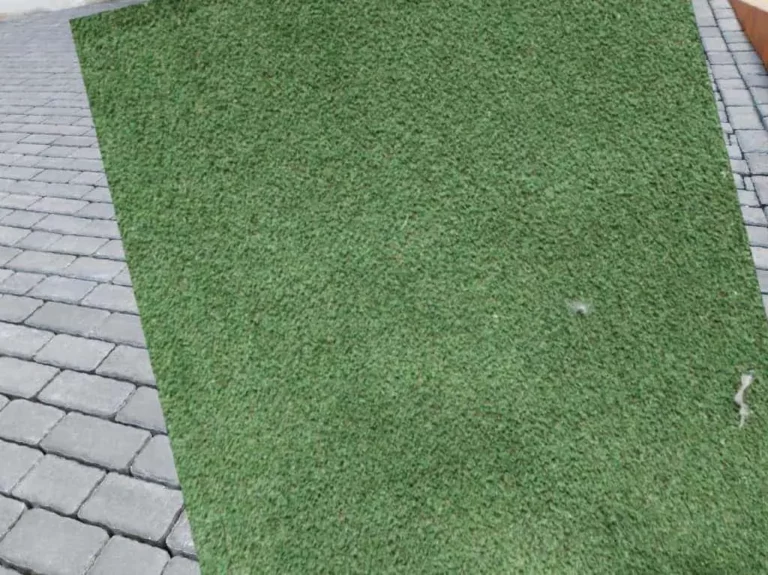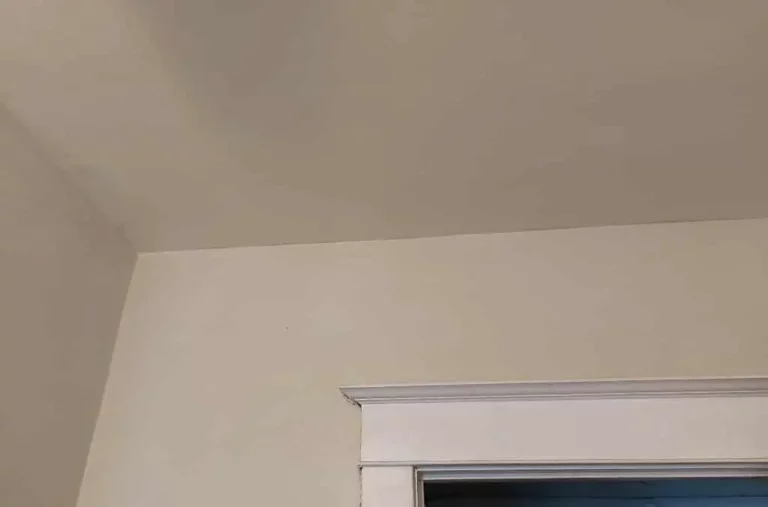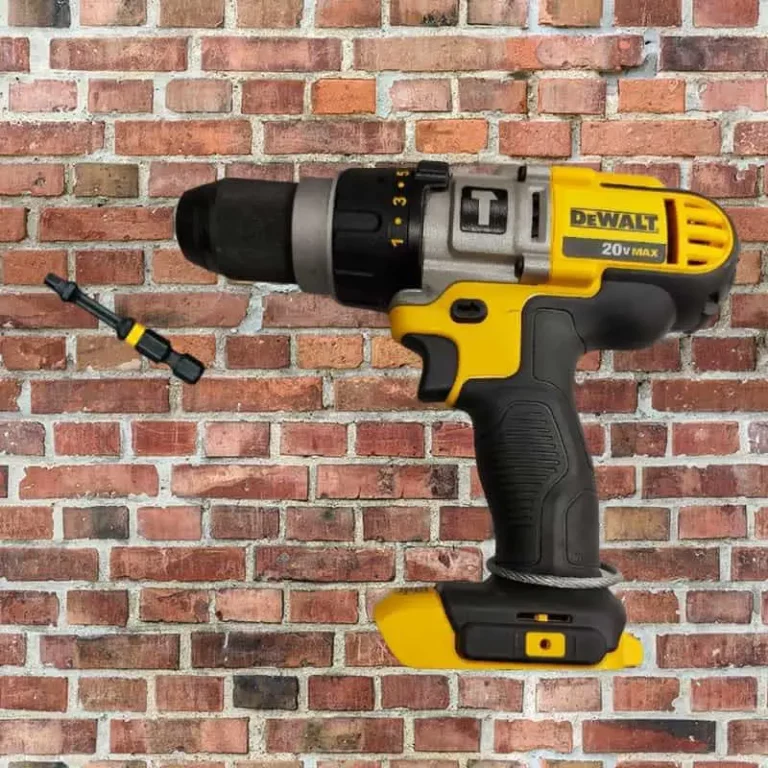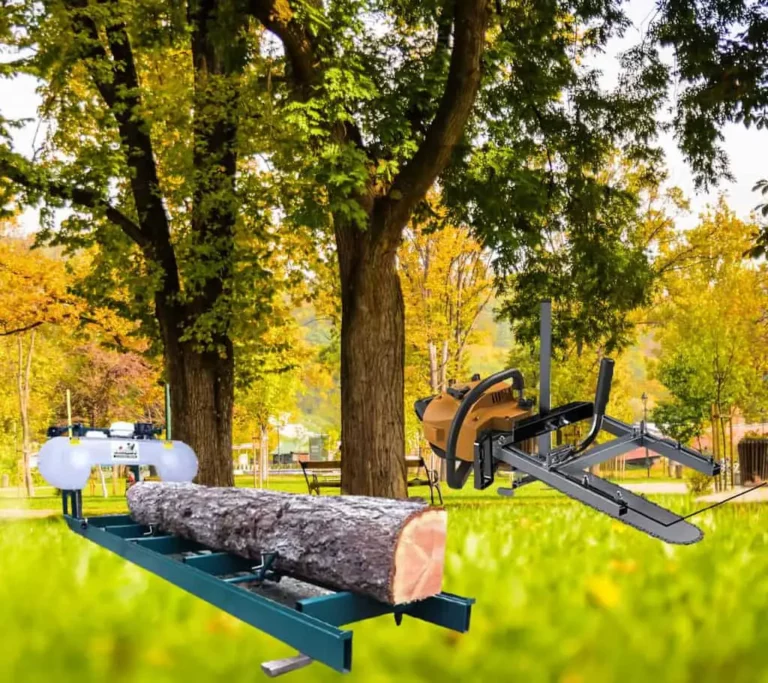Which Plywood Is Best for Dining Tables?
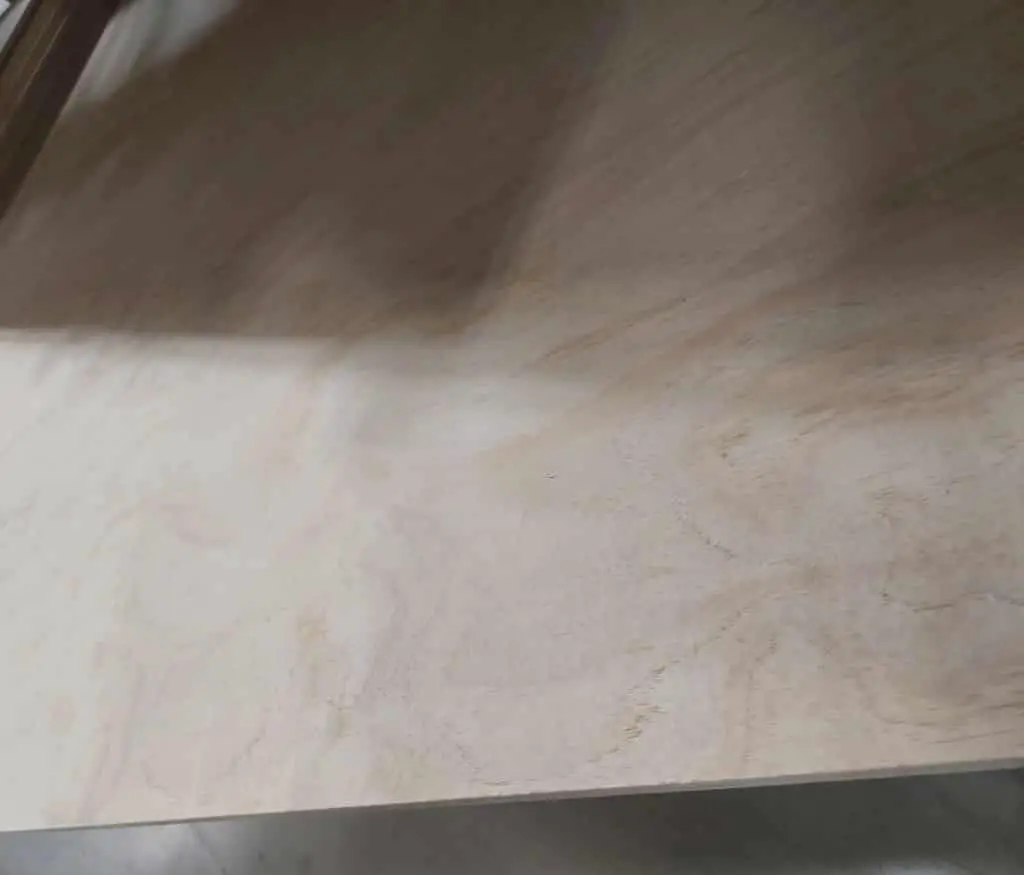
Plywood is a very popular material for making dining tables. Its strength, affordability, and availability make it the ideal material to use when constructing this furniture piece. With so many different types of plywood available on the market today, you may be wondering which type of plywood you should use to build your dining table.
The best plywood for dining tables is MR-grade plywood. This particular type of plywood has moisture-resisting properties, in addition to being remarkably durable and cost-effective. Those properties make it the ideal choice of material for building your dining table.
However, MR-grade plywood is not the only option available for making your own table. There are several different types of plywood available to use for this project, each with its own set of benefits. In this article, I will be discussing why you should consider using MR-grade plywood for your dining table project, as well as the other options to consider.
What Is MR-Grade Plywood?
Also known as commercial plywood, the MR stands for moisture-resistant and is the most utilized plywood for making indoor furniture.
MR-grade plywood is made by bonding plies using urea-formaldehyde resin. Due to the resin content, this type of plywood is resistant to moisture and very durable compared to other types of plywood.
Since your dining table is at risk of being exposed to water and other liquids, MR-grade plywood’s moisture-resistant properties make it ideal for this application. Nonetheless, moisture-resistant doesn’t mean waterproof.
However, you will still need to take measures to protect your table from water damage.
MR-grade plywood is also made up of multiple layers of veneer. Each layer generally contains between four to twelve plies of wood. The number of plies depends on the overall thickness of the plywood, which is usually in the range of 1/4″ (0.63 cm), 3/8″ (0.95 cm), 1/2″ (1.27 cm), 3/4″ (1.90 cm).
The sturdiness of the plywood also depends on the number of plies in each layer. For example, plywood with four-ply construction is more robust than one with three-ply construction. Nonetheless, it is more expensive.
MR-grade plywood is exceptionally lightweight, as it weighs less than 10 lbs (4.53 kg) per square foot, and has a very smooth surface finish on both sides.
This makes it easy to work with when you are making your dining table.
Aside from the moisture-resistant properties of this type of plywood, another thing that sets it apart from other types of plywood is its durability and stability.
Since MR-grade plywood is formulated using urea-formaldehyde resin, it means that the plies in each layer are tightly bound to one another, making it less likely for them to separate or warp over time.
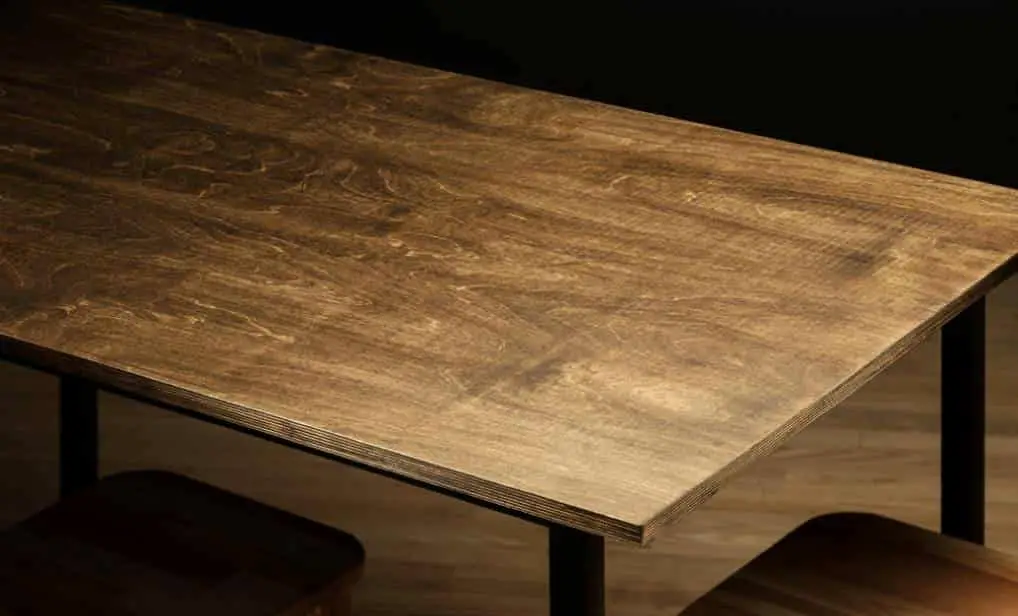
Other Plywood Types To Consider for Your Dining Table
As mentioned, there are numerous other types of plywood that you can use to make your dining table, with some being even better than MR-grade plywood. However, as you can imagine, they are also more expensive.
Let’s take a closer look at some of these options.
Boiling Water Resistant (BWR) Grade Plywood
Unlike MR-grade plywood, BWR-grade plywood is waterproof, which means that it has better water resistance.
BWR-grade plywood uses phenol-formaldehyde resin, which is stronger than
urea-formaldehyde resin. When you take those factors into account, it should not come as a surprise that this plywood is costlier than MR-grade plywood.
Nonetheless, BWR-grade gives you a bang for your buck, as it is more durable and less prone to warping than MR-grade plywood.
Boiling Water Proof (BWP) Grade Plywood
If cost is not an issue, we recommend using BWP-grade plywood for your dining table.
Besides being waterproof, BWP-grade plywood is also self-extinguishing and resistant to termites.
Unlike MR- or BWR- grade plywoods, which are primarily used as indoor furniture, BWP-grade plywood is used extensively in boat building and the construction of bridges. It is also used to make outdoor furniture, flooring, and other applications where water resistance is required.
Which Is the Best Thickness To Use?
The best thickness to use for your plywood dining table, plywood with veneers should be at least 1/2″ (1.27 cm). It should be thick enough for stability and durability without being too bulky or heavy to handle easily.
Plywood Thickness Recommendations for Your Dining Table
- One-quarter inch: The thinnest plywood you should consider using for your dining table is ¼” (0.63 cm). This thickness makes it lightweight and easy to carry around, which is a good thing if you plan on using the table outdoors.
- One-half inch: The most common thickness used when making plywood dining tables is ½” (1.27 cm). This thickness gives you the sturdiness and durability you need without making the table bulky or heavy.
- Three-quarter inch: If you want your dining table to be as durable as possible, then we suggest using ¾” (1.90 cm) plywood instead. This thickness level makes it more challenging to handle but worth the extra effort if you don’t mind the extra weight.
Hardwood vs. Softwood Plywood for Your Dining Table
How durable and stable your dining table will be is dependent on the type of wood used to make it. The reason for this is that hardwoods are less flexible than softwoods.
Softwoods such as pine, fir, and spruce are more flexible than hardwoods such as oak and maple. So if you want a plywood dining table that stays in place even when you lean on it while serving food, then we suggest using hardwood.
If you don’t mind a more flexible table, then go ahead and use softwood. These softwoods might be good to use for end tables where no one leans on them as they do with dining tables.
Different Classes (Grades) of Plywood
It is important to note that plywood is also categorized in classes, ranging from A-C. Let us look at them in a little more detail.
Grade A Plywood
Grade A plywood is the highest quality type of plywood you can use. It represents the only class of plywood that is free from voids and defects. It is also sanded smoother than other types, which makes it easy to finish. As you can imagine, it is the most expensive type of plywood out there.
Grade B Plywood Grade
B plywood does not have the same qualities as Grade A plywood, but that doesn’t mean it is lower quality. It can be sanded smooth and work just fine for many applications, especially when painted or used under a tabletop where the finish isn’t so important.
Grade C Plywood
Grade C plywood is the lowest quality plywood you can find. It often contains more defects than Grade B and may require filling before using or painting after assembling your table. When used outdoors, it will absorb moisture between its layers, which can cause warping issues.
If cost is not an issue for you, then we recommend avoiding this type.
Final Thoughts
As you can see, plywood comes in many variations, with each type suiting different applications and needs.
However, if you are looking for the best plywood for dining tables, we highly recommend MR-grade plywood. It can be easily sanded and painted or stained, and it is more robust than softer grades, moisture-resistant, and doesn’t require extra effort when handling.
If you have any other queries about plywood for dining tables or other applications, please do not hesitate to comment down below. We would love to talk about it further with you!
